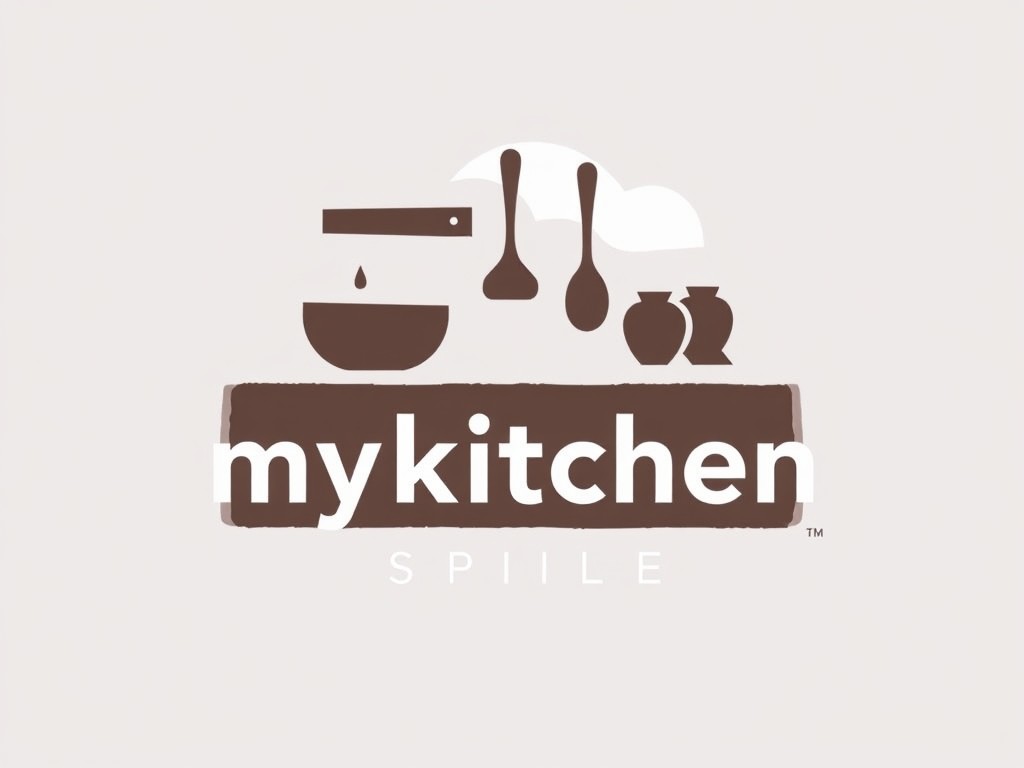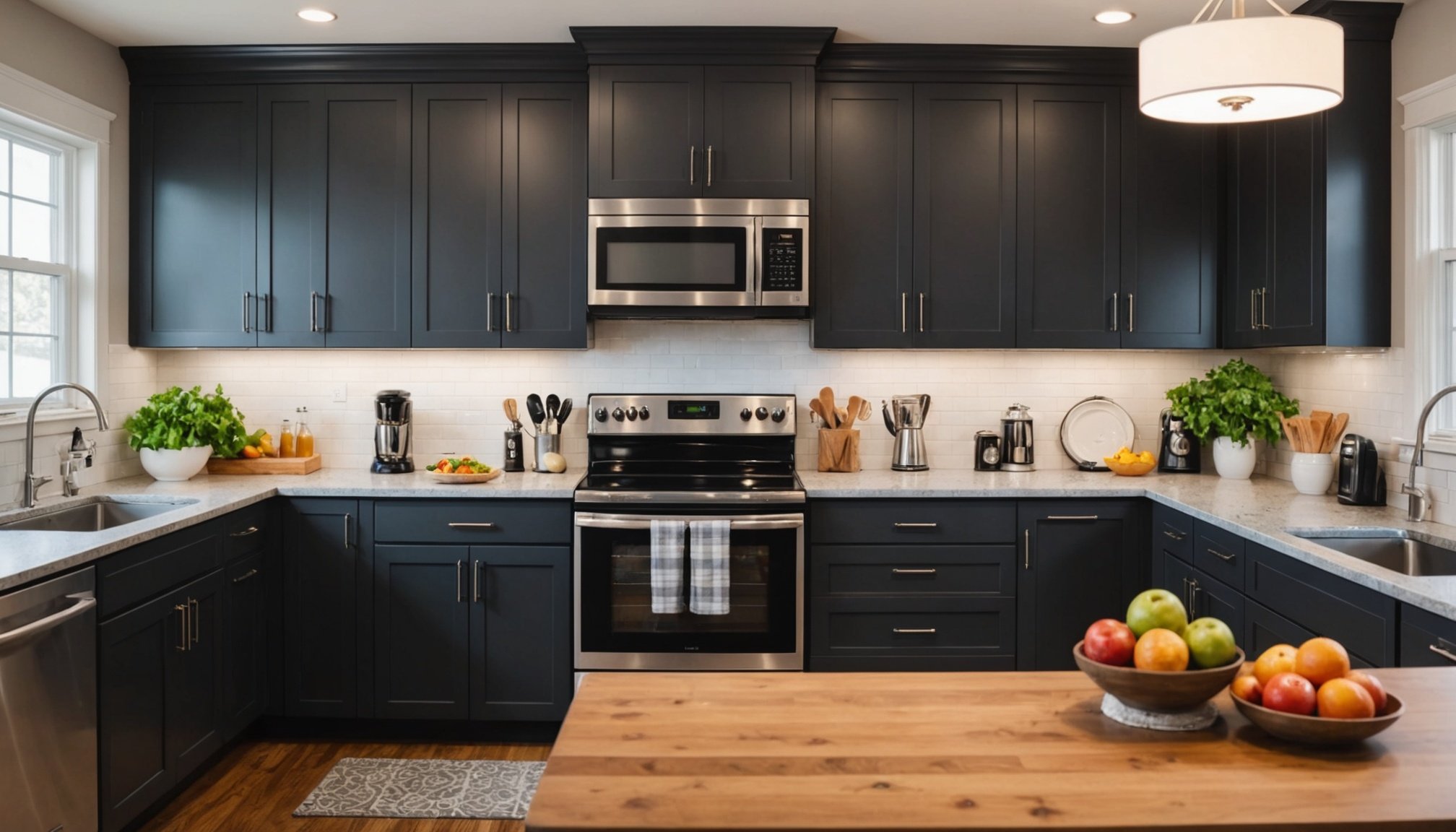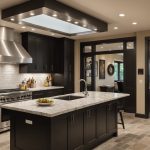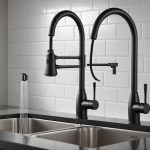Where you place your kitchen TV can make a significant difference in your cooking experience. The right positioning not only enhances focus during meal prep but also reduces distractions. This guide offers strategic insights into optimal TV placement, enabling you to create a harmonious balance in your culinary space. Discover how thoughtful adjustments can transform your kitchen into a functional and enjoyable environment for preparing delicious meals. Your kitchen should inspire creativity, and the perfect TV setup can help you achieve just that.
Importance of TV Placement in the Kitchen
A well-thought-out TV placement strategy can significantly enhance your kitchen design and meal preparation experience. Positioning the TV at an optimal height and angle is crucial for cooking efficiency, as it allows you to follow recipes or cooking shows without straining your neck. This thoughtful placement ensures that you can glance at the screen effortlessly while multitasking.
Also to see : Mastering Meal Planning: A Comprehensive Guide to Setting Up an Efficient Kitchen Hub for Enhanced Diet Success
However, it's essential to consider the relationship between TV viewing and kitchen distractions. While a TV can be a great companion during meal prep, it can also divert attention, leading to potential mishaps. To mitigate this, select a location where the TV is visible but not the focal point of the kitchen. This balance helps maintain focus on cooking tasks while enjoying entertainment.
Moreover, the role of a TV in creating a pleasant cooking environment cannot be understated. Having a TV in the kitchen can transform mundane tasks into enjoyable activities, making time spent in the kitchen more engaging. Whether you're watching the news, catching up on your favourite series, or exploring new recipes, a strategically placed TV can enhance the overall atmosphere, turning cooking into a delightful experience.
Have you seen this : Elevate Your Culinary Journey: The Benefits of Adjustable Lighting in Range Hoods for Health-Conscious Chefs
Optimal TV Placement Strategies
When considering optimal TV positioning in your kitchen, the layout plays a crucial role. Different kitchen designs, such as L-shaped, U-shaped, or open-plan, require tailored strategies for TV placement. In an L-shaped kitchen, positioning the TV on a wall perpendicular to the work triangle can provide easy visibility without being intrusive. For U-shaped kitchens, a corner mount might be ideal, offering a central view from multiple points.
Viewing angles are essential for a comfortable experience. Mounting the TV at eye level, slightly tilted downward, can help reduce neck strain. This angle allows you to glance at the screen while standing or sitting, maintaining a natural posture. It's particularly useful when following complex recipes or cooking shows.
When deciding between wall-mounted and countertop TVs, consider the space and functionality. Wall-mounted TVs save counter space and offer a sleek look, while countertop models provide flexibility in positioning. However, ensure that countertop TVs are placed away from heat and moisture sources to avoid damage.
Ultimately, the key is to integrate the TV seamlessly into the kitchen environment, enhancing your cooking experience without compromising on design or functionality.
Balancing Entertainment and Cooking Tasks
Navigating the art of multitasking in the kitchen requires a strategic approach to balance cooking focus with entertainment. To maintain attention while enjoying TV, consider setting specific times for watching, such as during prep work or while waiting for dishes to cook. This ensures that entertainment balance is achieved without compromising meal quality.
Choosing content that complements cooking can enhance your experience. Opt for shows or music that align with your cooking style or mood. For instance, calming music or a light-hearted show can make meal prep more enjoyable without overwhelming your senses. This thoughtful selection aids in maintaining a cooking focus.
Setting boundaries for TV usage during meal prep is crucial. Allocate specific time slots for watching TV and stick to them. This discipline helps prevent distractions and ensures that your primary focus remains on cooking tasks. Additionally, consider using a timer to remind yourself to check on food, ensuring that entertainment doesn't lead to overcooked meals.
By implementing these techniques, you can enjoy the benefits of a kitchen TV while maintaining efficiency and safety in your cooking routine.
Benefits of Having a TV in the Kitchen
Incorporating a TV in the kitchen offers several advantages that can transform your cooking experience. One of the primary benefits is the boost in cooking motivation. Having access to entertainment while preparing meals can make the process more enjoyable, encouraging you to try new recipes or cooking techniques. This can lead to a more varied and exciting menu at home.
Another significant advantage is the potential for increased family engagement. A TV in the kitchen can serve as a focal point for family members to gather and participate in meal preparation. Whether it's watching a favourite show together or following a cooking tutorial, this shared experience can strengthen family bonds and make cooking a collaborative activity.
Moreover, the educational aspect of a kitchen TV should not be overlooked. It provides an opportunity to watch cooking shows and tutorials that can enhance your culinary skills. Learning new recipes and techniques from professional chefs can be both informative and inspiring, allowing you to expand your cooking repertoire. This educational benefit, combined with the other advantages, underscores the value of having a TV in the kitchen.
Design Considerations for Kitchen TV Setup
When integrating a TV into your kitchen, maintaining kitchen design aesthetics is paramount. The TV should complement the overall style, whether modern, rustic, or traditional. Opt for sleek, minimalistic TV models that blend seamlessly with your kitchen's decor, ensuring that the technology enhances rather than detracts from the visual appeal.
TV integration requires strategic planning to achieve space efficiency. Consider mounting the TV on a swivel bracket, allowing for adjustable angles and optimal viewing from various kitchen areas. This approach not only saves valuable counter space but also enhances the kitchen's functionality by keeping surfaces clear for cooking tasks.
Space-saving solutions are vital in smaller kitchens. Integrating technology without compromising on kitchen functionality can be achieved by selecting compact TV models or utilizing under-cabinet mounts. These options ensure that the TV is accessible yet unobtrusive, preserving the kitchen's primary purpose as a workspace.
Additionally, consider the placement of cables and power sources to maintain a tidy appearance. Concealing wires within cabinetry or using cable management systems can prevent clutter, aligning with the kitchen's clean and organized aesthetic. This careful consideration of design elements ensures a harmonious and efficient kitchen TV setup.
Recommended Types of Programming for Meal Prep
Choosing the right meal prep entertainment can transform your kitchen experience into a delightful and productive activity. Engaging cooking shows are a fantastic choice, offering step-by-step recipes and techniques that can enhance your culinary skills. These shows often feature professional chefs who provide valuable insights and tips, making them ideal for those looking to expand their cooking repertoire.
For a more relaxed atmosphere, consider content that promotes relaxation without distractions. Shows with calming music or nature scenes can create a soothing environment, helping you unwind while you cook. This type of programming allows you to enjoy the process without overwhelming your senses, ensuring that your focus remains on meal preparation.
Family-friendly programming is also a great option for the kitchen. Choose shows that are suitable for all ages, encouraging family members to join in on the cooking fun. This can include light-hearted cooking competitions or educational programs that teach kids about different cuisines. By selecting engaging content that appeals to everyone, you create an inclusive and enjoyable cooking environment, fostering family bonding and shared experiences.
Visual Aids and Examples
Enhancing your kitchen with a TV requires thoughtful consideration of kitchen design examples and strategic TV placement. TV placement visuals can serve as an invaluable guide, illustrating how to seamlessly integrate a TV into various kitchen layouts. For instance, in an L-shaped kitchen, visuals may depict a TV mounted on a wall that doesn't interfere with the work triangle, ensuring easy visibility without disrupting the flow.
Visual aids can also highlight successful kitchen designs that balance aesthetics and functionality. An infographic might summarise key strategies, such as positioning the TV at eye level to reduce neck strain or using swivel brackets for adjustable viewing angles. These visuals provide inspiration and practical solutions, helping you envision how a TV can complement your kitchen's design.
When it comes to meal prep tips, images or diagrams can illustrate how to set up your cooking space efficiently. For example, placing the TV near a prep station allows you to follow recipes without missing a step. By incorporating these visual aids and examples, you can create a kitchen environment that is both stylish and functional, enhancing your cooking experience.
Common Mistakes to Avoid in Kitchen TV Placement
When integrating a TV into your kitchen, steering clear of kitchen design pitfalls is vital for a seamless experience. One prevalent mistake is placing the TV at an awkward angle, which can lead to neck strain and discomfort during meal prep. Ensuring the TV is mounted at eye level helps maintain a natural posture, enhancing both comfort and visibility.
Another frequent TV placement error involves positioning the screen too close to cooking zones. This not only exposes the TV to heat and moisture but also increases the risk of distractions, potentially leading to cooking mishaps. To mitigate these issues, place the TV in a location that is visible yet not intrusive, maintaining a balance between entertainment and cooking focus.
Distraction management is crucial for a functional kitchen environment. Overemphasizing the TV's presence can detract from meal preparation tasks. To rectify such placement mistakes, consider using a swivel mount for adjustable viewing angles or setting boundaries for TV usage during critical cooking phases. Implementing these strategies ensures that the TV enhances rather than hinders your culinary experience, promoting a harmonious and efficient kitchen setting.











